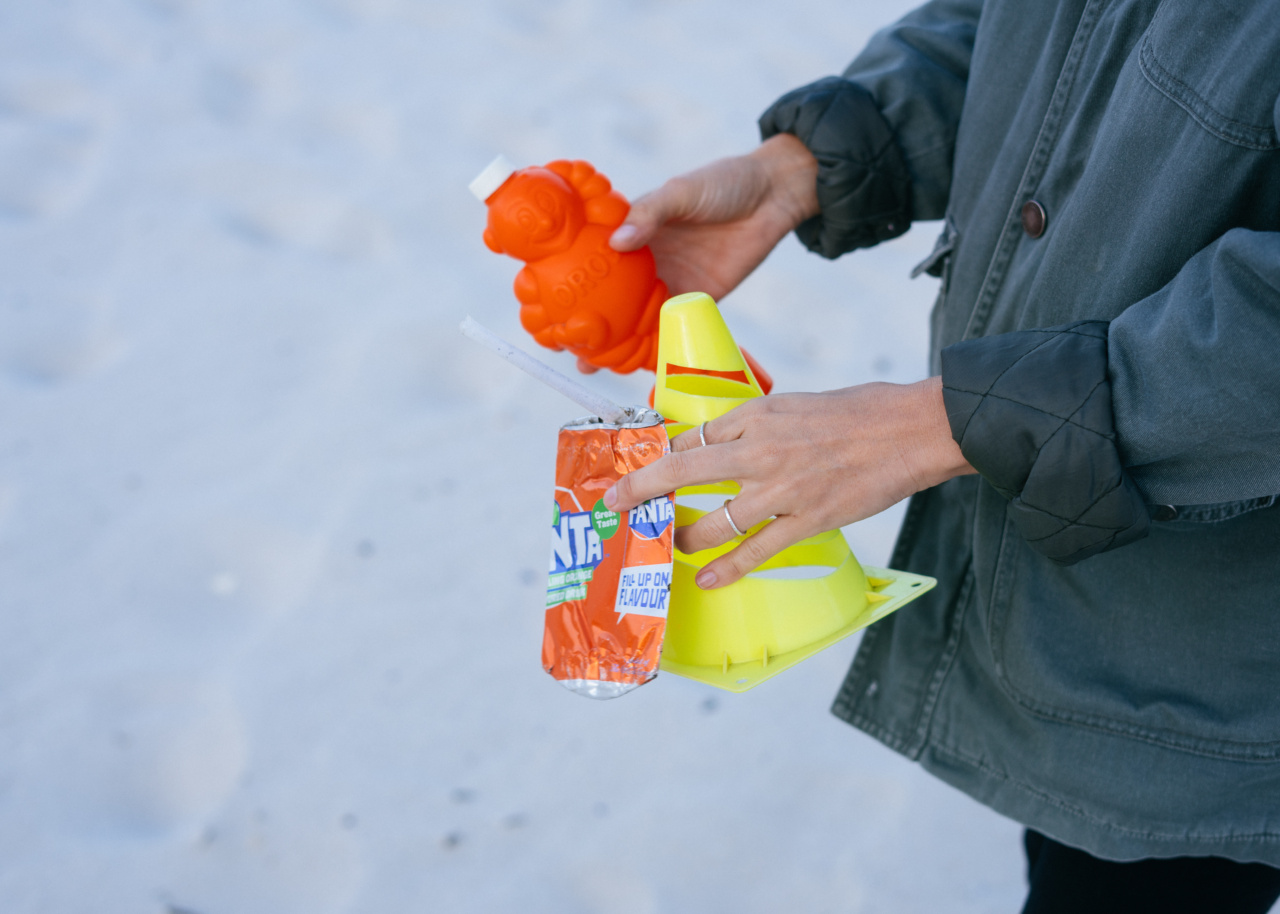Running has long been regarded as a popular form of exercise due to its numerous health benefits. However, concerns have been raised regarding the potential impact of running on the health of our joints.
While running is a high-impact activity, various studies and expert opinions shed light on the topic, exploring whether running indeed protects joints from damage or poses a risk instead. In this article, we will delve into the relationship between running and joint health, considering both the potential benefits and precautions to ensure a safe running experience.
Understanding Joint Health
Before we dive into the impact of running on joint health, let’s first grasp a basic understanding of our joints.
Joints are pivotal structures in our body that connect bones and enable movement, cushioned by cartilage, which acts as a shock absorber. Unfortunately, over time, factors like aging, injury, and certain medical conditions can contribute to joint degeneration and even lead to conditions such as osteoarthritis.
The Effect of Impact on Joints
Running is known for its high-impact nature, as each stride generates significant force that travels through the joints. These repetitive forces can potentially lead to joint damage if not managed properly.
However, contrary to common belief, several studies suggest that running may not be as detrimental to joint health as widely assumed.
Research On Joint Health and Running
Research conducted over the years has yielded interesting findings regarding the relationship between running and joint health.
In a study published by the New England Journal of Medicine, researchers followed a large group of runners and non-runners over a significant period, exploring the incidence of osteoarthritis in their knees. Surprisingly, the study concluded that regular runners showed a lower risk of osteoarthritis compared to non-runners.
Another study published in the Clinical Journal of Sport Medicine focused on the long-term effects of running on joint health.
It observed a group of recreational runners over a span of several years and found that running did not cause any significant increase in the prevalence of arthritis in the hips, knees, or ankles. Additionally, runners who maintained a healthy body weight experienced even lower rates of joint-related issues.
Potential Benefits for Joint Health
While concerns persist, several potential benefits of running for joint health have been identified:.
1. Strengthening Muscles and Ligaments
Regular running can help strengthen the muscles and ligaments around the joints, providing them with additional support and stability. Strengthened muscles can absorb more impact, reducing the strain on the joints themselves.
2. Promoting Cartilage Health
Studies indicate that the mechanical loading experienced during running can stimulate cartilage cells, promoting their growth and potentially enhancing the overall health of the joint’s cartilage.
3. Weight Management
Running is an excellent cardiovascular exercise that can aid in weight management. Maintaining a healthy body weight alleviates excessive stress on joints, reducing the risk of joint damage.
Precautions to Protect Joint Health while Running
While running can offer potential benefits for joint health, it is crucial to take precautions to ensure a safe and injury-free experience. Here are some tips to safeguard your joints:.
1. Warm-up and Cool-down
Prior to running, engage in a dynamic warm-up routine to prepare your muscles and joints for the activity. After running, cool down with static stretches to promote muscle recovery and flexibility.
2. Gradual Progression
Avoid pushing yourself too hard, especially if you are new to running or increasing your mileage. Gradually increase your running duration and intensity to allow your joints to adapt and strengthen over time.
3. Invest in Quality Footwear
Ensure you have proper running shoes that provide sufficient support and cushioning for your feet and joints. Ill-fitting or worn-out shoes can contribute to joint stress and increase the risk of injury.
4. Mix Up Your Routine
Include other low-impact exercises like swimming, cycling, or yoga in your weekly routine. This diversification helps reduce the repetitive strain on specific joints, maintaining overall joint health.
5. Listen to Your Body
Pain or discomfort during running should not be ignored. It is crucial to pay attention to your body’s signals and rest when needed. Ignoring pain can lead to further joint damage and long-term issues.
Conclusion
While running is a high-impact activity, it does not necessarily lead to joint damage. Research suggests that regular running, when approached with proper precautions, can actually have a positive impact on joint health.
By strengthening muscles and ligaments, promoting cartilage health, and aiding weight management, running offers potential benefits. Remember to take necessary precautions, listen to your body, and seek professional advice if needed. Running can be an excellent form of exercise that supports overall health, including joint well-being.































